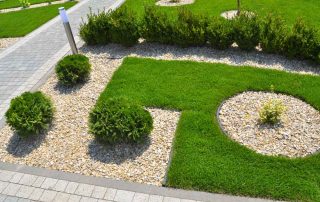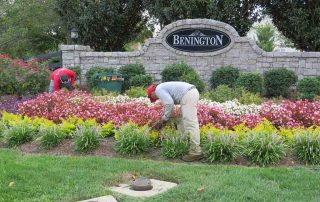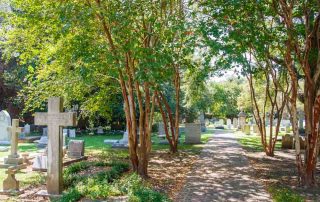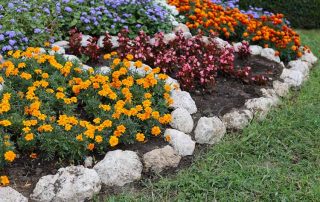The Ultimate Guide to Institutional Commercial Landscaping
Pugh's Earthworks In the world of property management, the significance of an aesthetically pleasing and well-maintained landscape cannot be overstated. Whether you are overseeing a church, hospital, country club, college, or government branch, the exterior environment plays a pivotal role in shaping the first impression and overall experience of visitors. Institutional Commercial Landscaping is more than just planting flowers and mowing lawns—it is about creating sustainable, functional, and visually appealing green spaces that serve your organization's unique needs. Understanding Institutional Commercial Landscaping Institutional commercial landscaping refers to the professional planning, design, installation, and maintenance of outdoor environments for institutions. This includes large-scale properties such as churches, hospitals, country clubs, colleges, and government branches. The goal is to create landscapes that not only enhance the beauty of the property but also promote sustainability, functionality, and a positive experience for all who use these spaces. Key Benefits of Institutional Commercial Landscaping Enhanced Aesthetics: A well-designed landscape can transform any property, making it more inviting and pleasant. Beautiful green spaces can uplift the spirits of visitors, patients, students, and employees alike. Increased Property Value: Professional landscaping significantly boosts the value of a property, whether it is a country club or a college campus. This is particularly important for institutions looking to attract new members, donors, or students. Environmental Sustainability: Sustainable landscaping practices contribute to environmental conservation by reducing water usage, promoting biodiversity, and minimizing chemical use. This is crucial for institutions aiming to reduce their ecological footprint. Functional Spaces: Thoughtfully designed landscapes offer functional outdoor spaces that can be used for various activities such as outdoor meetings, events, meditation, or recreation. This enhances the usability of the property. Improved Health and Well-being: Green spaces are known to have a positive impact on mental and physical health. They provide a serene environment that can help reduce stress, encourage physical activity, and foster social interaction. Key Aspects of Institutional Commercial Landscaping To achieve the best results, institutional commercial landscaping should focus on several key aspects: Site Analysis and Planning - Before any landscaping project begins, a thorough site analysis is essential. This involves evaluating the existing conditions of the property, including soil quality, topography, climate, and existing vegetation. Understanding these factors helps in creating a customized landscaping plan that suits the specific needs of the institution. Sustainable Landscaping Practices - Sustainability should be at the core of any landscaping project. This includes using native plants that require less water and maintenance, implementing efficient irrigation systems, and incorporating organic fertilizers and pest control methods. Sustainable landscapes not only benefit the environment but also reduce long-term maintenance costs. Design and Installation - A successful landscape design should balance aesthetics with functionality. This involves selecting plants, trees, and shrubs that complement the architecture of the property and meet the needs of the users. Additionally, hardscape elements such as walkways, benches, lighting, and water features should be thoughtfully integrated to enhance the overall appeal and usability of the space. Maintenance and Management - Regular maintenance is crucial to keep the landscape looking its [...]





